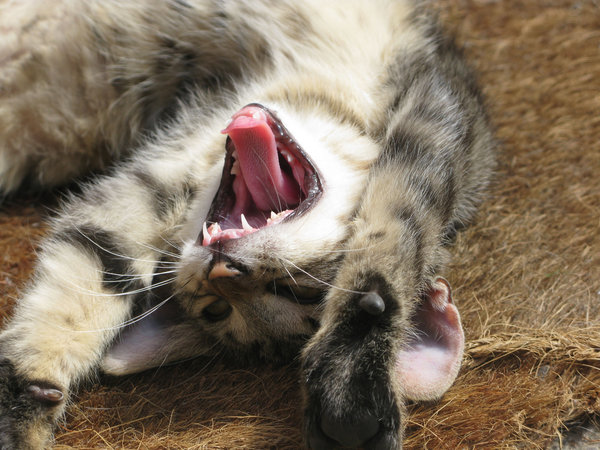Exploring Crystal Cat Litter: Advantages and Drawbacks
Exploring Crystal Cat Litter: Advantages and Drawbacks
Blog Article

Cat litter and litter boxes play an essential role in the lives of both felines and their owners. From the modest beginnings of sand and soil to the innovative developments these days, the world of cat litter has actually evolved significantly. In this extensive guide, we look into every element of cat litter and litter boxes, exploring their history, types, advantages, obstacles, and whatever in between.
The history of cat litter go back centuries, with ancient civilizations utilizing sand, soil, and even ashes as primitive litter products. Nevertheless, it wasn't till the mid-20th century that modern-day cat litter as we understand it emerged. In 1947, Edward copyright presented the world's very first business cat litter made from absorbent clay, changing the method felines relieved themselves inside. Ever since, cat litter has actually gone through many improvements, with the introduction of clumping litter, silica gel litter, biodegradable options, and more.
Today, cat owners are spoiled for option when it pertains to picking the ideal litter for their feline companions. Conventional clay litter remains popular for its affordability and effectiveness in soaking up smells. Clumping litter, which forms solid clumps when wet, simplifies cleansing and upkeep. Silica gel litter, made up of highly absorbent silica crystals, offers superior smell control and longevity. Biodegradable options, such as recycled paper, wood pellets, corn, and wheat, interest ecologically conscious consumers.
Each kind of cat litter provides distinct benefits. Clay litter stands out in its ability to absorb wetness and control smells, making it a trustworthy choice for lots of feline owners. Clumping litter simplifies daily scooping and extends the time between complete litter modifications. Silica gel litter offers remarkable odor control and can last longer between replacements. Biodegradable litters use a sustainable alternative that minimizes ecological impact.
While cat litter enhances indoor feline health, it is not without its difficulties. cat litter Dust from clay litter can pose breathing dangers for both felines and people, prompting the appeal of dust-free alternatives. Some felines might develop litter box aversion due to issues with texture, aroma, or cleanliness, requiring experimentation with different litters and box setups. Multi-cat households might require strategic litter box positioning and frequent upkeep to avoid territorial disputes and make sure all cats have access to tidy facilities.
Picking the appropriate litter box is necessary for promoting favorable litter box practices and total feline well-being. Elements to consider include size, accessibility, and design choices. Covered litter boxes offer personal privacy and help wood pellets cat litter consist of smells, but some felines might find them restricting or intimidating. Open-top litter boxes provide easy gain access to and exposure however might result in more litter scatter. Automatic self-cleaning litter boxes cat litter enhance upkeep however require routine tracking and upkeep.
Appropriate litter box upkeep is essential for ensuring a tidy and inviting environment for both felines and their owners. Daily scooping removes waste promptly, reducing smell and discouraging litter box aversion. Routine litter replacement, generally every 1-2 weeks, avoids bacterial buildup and maintains ideal absorbency. Extensive cleaning with moderate cleaning agent and water, avoiding severe chemicals that might hinder felines from utilizing the box, must be carried out monthly.
Cat litter and litter boxes play a central function in cultivating a healthy and harmonious relationship between cats and their human buddies. With a varied array of litter options and litter box designs offered, cat owners have the flexibility to tailor their options to match their felines' preferences and household needs. By understanding the development, types, advantages, and challenges of cat litter and litter boxes, pet owners can offer their feline pals with a comfy and sanitary indoor environment.